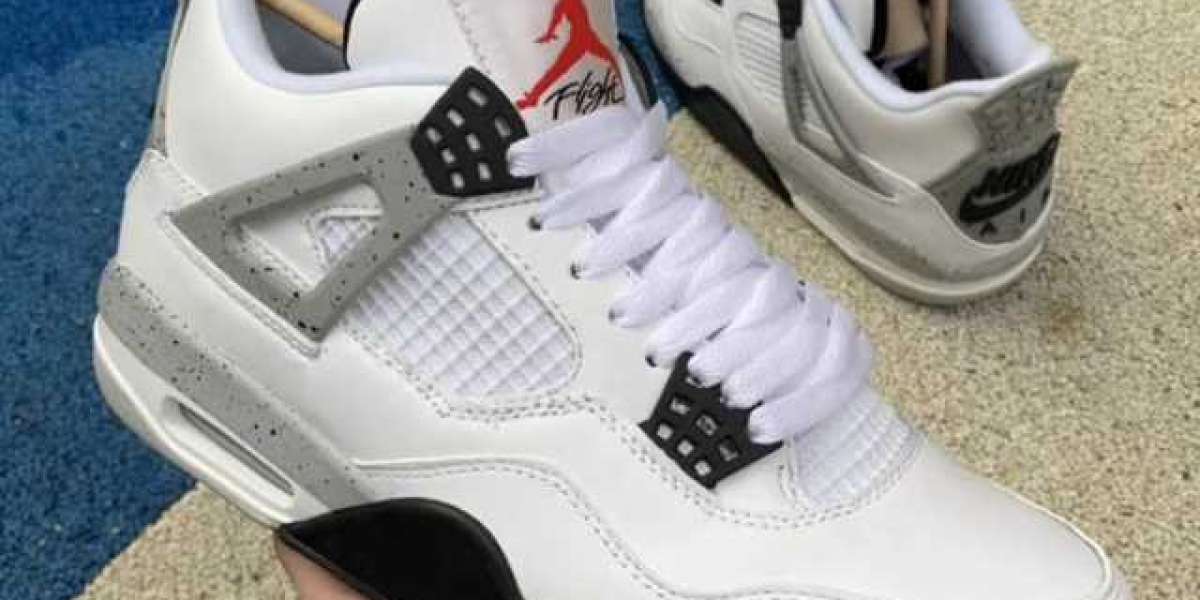Prep your skin: Start with a clean and moisturized face. Use a gentle cleanser suitable for your skin type and follow up with a lightweight, non-comedogenic moisturizer.
Use a color corrector: If you have redness or dark spots, consider using a color corrector before applying concealer. Green correctors can neutralize redness, while peach or orange correctors can counteract dark spots and under-eye circles.
Choose the right concealer: Select a concealer that matches your skin tone or is one shade lighter. Opt for a creamy formula that provides good coverage without being too thick. Concealers with salicylic acid or tea tree oil can also help treat blemishes while concealing them.
Apply concealer strategically: Use a small concealer brush or your fingertip to dab concealer directly onto the blemish or imperfection. Gently blend the edges outward to seamlessly blend it into your skin. Avoid rubbing or dragging, as this can make the blemish more noticeable.
Set with powder: To ensure your concealer stays in place all day, set it with a translucent setting powder. Use a fluffy brush to lightly dust the powder over the concealed area to prevent creasing and keep it matte.
Layer if necessary: If you have particularly stubborn blemishes or dark circles, you may need to layer concealer. Apply a thin layer, blend it out, and then add another layer if needed. Just be careful not to apply too much product, as this can look cakey.
Blend well: Blending is key to achieving a natural-looking finish. Take your time to blend the concealer seamlessly into your skin, especially around the edges, to avoid any harsh lines or obvious patches.
Use a light hand: Less is often more when it comes to concealing blemishes. Building up thin layers of product allows for better coverage while maintaining a natural appearance.
Take care of your skin: While concealing blemishes can help improve your appearance temporarily, addressing the underlying causes is essential for long-term improvement. Maintain a consistent skincare routine tailored to your skin type and concerns to prevent future breakouts and imperfections.
Practice makes perfect: Experiment with different techniques and products to find what works best for you. Don't get discouraged if it takes some trial and error to achieve the desired results. With practice, you'll become more confident in your ability to conceal blemishes effectively.
Preparation of Skin Surface:
- Begin with cleansing the skin using a gentle, pH-balanced cleanser to remove any dirt, excess oil, and makeup residues.
- Exfoliate the skin regularly to smooth out its texture and promote even product application. Choose chemical exfoliants containing alpha hydroxy acids (AHAs) or beta hydroxy acids (BHAs) for gentle but effective exfoliation.
- Apply a lightweight, oil-free moisturizer to hydrate the skin without adding excess shine or greasiness. Look for moisturizers containing humectants like glycerin or hyaluronic acid for optimal hydration.
Color Correction:
- Identify the specific undertones of the blemishes or imperfections to determine the appropriate color corrector. For example, green correctors neutralize redness, while peach or orange correctors counteract dark spots and under-eye circles.
- Apply the color corrector sparingly to the targeted areas using a small precision brush or fingertip, ensuring even coverage. Blend gently using tapping or stippling motions to avoid disturbing the corrector layer.
Selection and Application of Concealer:
- Choose a concealer that matches the undertone and shade of your skin or is one shade lighter for brightening effect. Opt for a creamy texture with high pigment concentration for maximum coverage.
- Use a small synthetic concealer brush for precise application, picking up a small amount of product at a time. Alternatively, use a clean fingertip for warmth to blend the concealer seamlessly into the skin.
- Apply the concealer directly onto the blemishes or imperfections in thin layers, gradually building coverage as needed. Focus on stippling or patting motions to deposit the product evenly without smudging.
Setting with Powder:
- Choose a finely milled translucent setting powder that matches your skin tone to set the concealer and prolong its wear.
- Load a fluffy powder brush with a small amount of powder and gently tap off any excess to avoid over-application.
- Lightly dust the powder over the concealed areas using pressing or rolling motions to set the concealer without disturbing its coverage. Pay attention to areas prone to creasing, such as around the eyes and mouth.
Blending and Finishing Touches:
- Blend the concealed areas seamlessly into the surrounding skin using a clean makeup sponge or damp beauty blender. Ensure there are no harsh lines or demarcations between the concealed and natural skin.
- Use a mattifying setting spray or facial mist to lock in the makeup and provide a natural, skin-like finish. Hold the spray bottle at arm's length and mist evenly over the face, allowing it to dry completely.
Maintenance and Longevity:
- Touch up any areas of concern throughout the day using a portable concealer stick or cushion compact for quick fixes.
- Remove makeup thoroughly at the end of the day using a gentle makeup remover or micellar water to prevent clogged pores and breakouts.
- Maintain a consistent skincare routine tailored to your skin type and concerns to promote overall skin health and prevent future blemishes and imperfections.
Search
Popular Posts
-
 Curtain Color Palette for 2023: Predictions by Industry None Connoisseurs
Curtain Color Palette for 2023: Predictions by Industry None Connoisseurs
-
 Why there is a interest that is growing about cbd vape pen white
Why there is a interest that is growing about cbd vape pen white
-
 Transform Your Space with Smart Curtains: The Latest Tech Innovations of 2023
Transform Your Space with Smart Curtains: The Latest Tech Innovations of 2023
-
 LJR Batch Jordan: Design Philosophy and Innovation
LJR Batch Jordan: Design Philosophy and Innovation
-
 PK God Jordan: A unique representation of fashion trends
PK God Jordan: A unique representation of fashion trends



